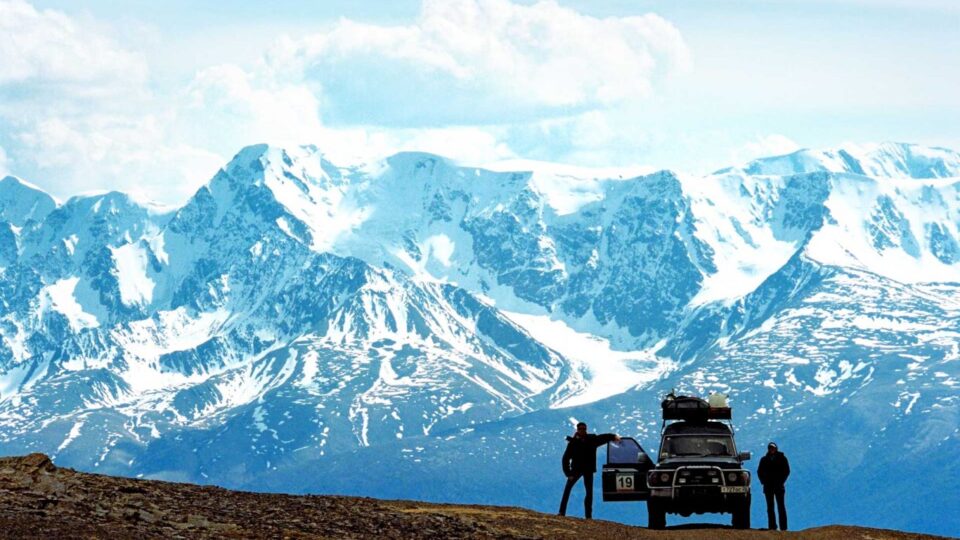Embarking on a cross-country camping trip is the perfect way to explore the open road and connect with nature. Whether you’re seeking adventure or a peaceful retreat, the freedom to camp at scenic spots and travel at your own pace makes the experience truly unique. However, proper planning is key to ensuring your trip is smooth, enjoyable, and memorable.
In this guide, we’ll walk you through the steps to plan a successful cross-country camping trip, offering expert tips to help you avoid common pitfalls and maximize your adventure.
Step 1: Choose Your Route
The route you choose will define your cross-country camping experience, so take your time to research and plan carefully. Whether you want to travel across scenic landscapes, national parks, or historic landmarks, there are countless options to consider.
- Research Scenic Routes and Landmarks: Websites like the National Park Service, Google Maps, or route-specific platforms such as Roadtrippers offer useful information on popular cross-country routes. You may want to incorporate well-known highways, scenic byways, and hidden gems into your journey.
- Use Planning Tools: Mapping tools such as Google Maps, AllTrails, or even paper road maps can help you chart your course. Look for routes that offer the right balance of adventure and practicality, with nearby towns for restocking supplies.
Step 2: Prepare Your Camping Gear
The success of your trip hinges on having the right gear, and preparation is key. You’ll want to pack light yet be prepared for any scenario.
- Essentials to Bring: At the top of your list should be your tent, sleeping bags, cooking equipment, and enough clothing for various weather conditions. Consider lightweight and durable items that are easy to pack and unpack.
- Packing Light: As tempting as it may be to overpack, keep your gear simple. Stick to versatile tools like multi-use cookware and compact sleeping gear.
- Gear for Different Terrains: Depending on your route, you might encounter mountains, deserts, or forests. Pack accordingly, with specific footwear, rain gear, and sun protection to match the climates you’ll be passing through.
Step 3: Plan Your Campsites in Advance
One of the joys of cross-country camping is staying at different campsites across the country. However, it’s essential to plan ahead to ensure you have a place to sleep each night.
- Book Campsites in Advance: Popular campgrounds can fill up quickly, especially during peak seasons. Sites like ReserveAmerica or the National Park Service allow you to reserve spots ahead of time.
- Finding the Best Spots: Whether you prefer staying in well-established campgrounds or you’re open to dispersed camping on public lands, research your options. Apps like Campendium and iOverlander are great for finding nearby campsites.
- Tips for Dispersed Camping: If you’re camping on public land without established campgrounds, make sure you’re familiar with the rules. Dispersed camping is usually free, but it often comes without amenities like water or toilets.
Step 4: Budgeting for Your Trip
A cross-country trip can quickly become expensive if you don’t manage your budget wisely. Proper planning can help you avoid unexpected costs and stay within your budget.
- Calculate Your Costs: Major expenses include fuel, food, and campground fees. Be sure to also budget for extra activities, tolls, and vehicle maintenance.
- Budget-Friendly Tips: To save on costs, consider bringing your own food and cooking at your campsite instead of dining out. You can also save money by staying at free or low-cost campgrounds.
- Hidden Costs: Keep an eye out for hidden fees, such as campground reservation fees, parking passes for certain parks, or gear rental costs if you forget something essential.
Step 5: Plan for Safety
Safety should always be a top priority when you’re on the road, especially when camping in remote areas. Ensure both your vehicle and your group are well-prepared for anything that might come your way.
- Vehicle Safety: Have your car checked before departure—tires, oil changes, and general tune-ups are essential for long trips. Keep a roadside emergency kit, spare tire, and plenty of water on hand.
- First Aid Essentials: A well-stocked first aid kit can be a lifesaver. Make sure it includes bandages, antiseptic, pain relievers, and any personal medications.
- Emergency Preparedness: Plan for unexpected weather changes, wildlife encounters, or getting lost. Be sure to carry maps, know how to read them, and always inform someone of your travel plans.
Step 6: Enjoy the Journey
Cross-country camping is not just about reaching your destination—it’s about enjoying the entire journey. Take time to appreciate the beauty of the outdoors and explore new places along the way.
- Stay Flexible: While it’s good to have a plan, stay flexible. Weather, traffic, or spontaneous discoveries may alter your itinerary, and that’s part of the adventure.
- Explore Activities: Each stop along your route offers a unique opportunity to explore local activities. Whether it’s hiking, fishing, or stargazing, try to immerse yourself in the area’s natural beauty.
- Document Your Trip: Consider keeping a travel journal, taking photos, or even vlogging your adventure. These memories will be a treasure trove when you reflect on your journey.
Conclusion
A cross-country camping trip offers the ultimate freedom to explore the world around you, but it requires thoughtful planning. By choosing the right route, packing smart, and preparing for unexpected situations, you’ll ensure a smooth and enjoyable adventure. Remember, it’s not just about the destination but embracing the adventure along the way.
Happy camping, and may your trip be filled with unforgettable memories! For more camping tips and resources, visit CampingMinds.

